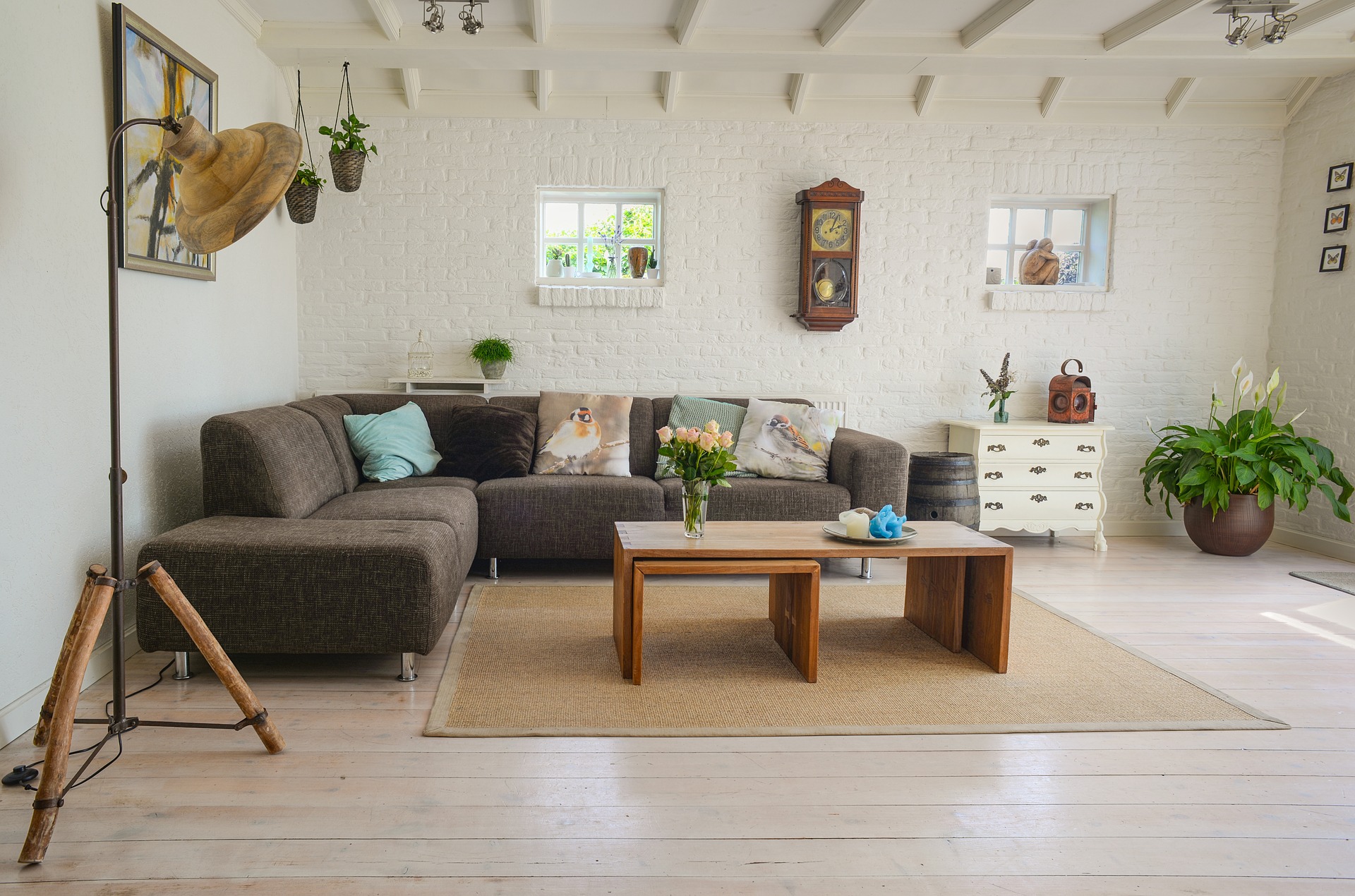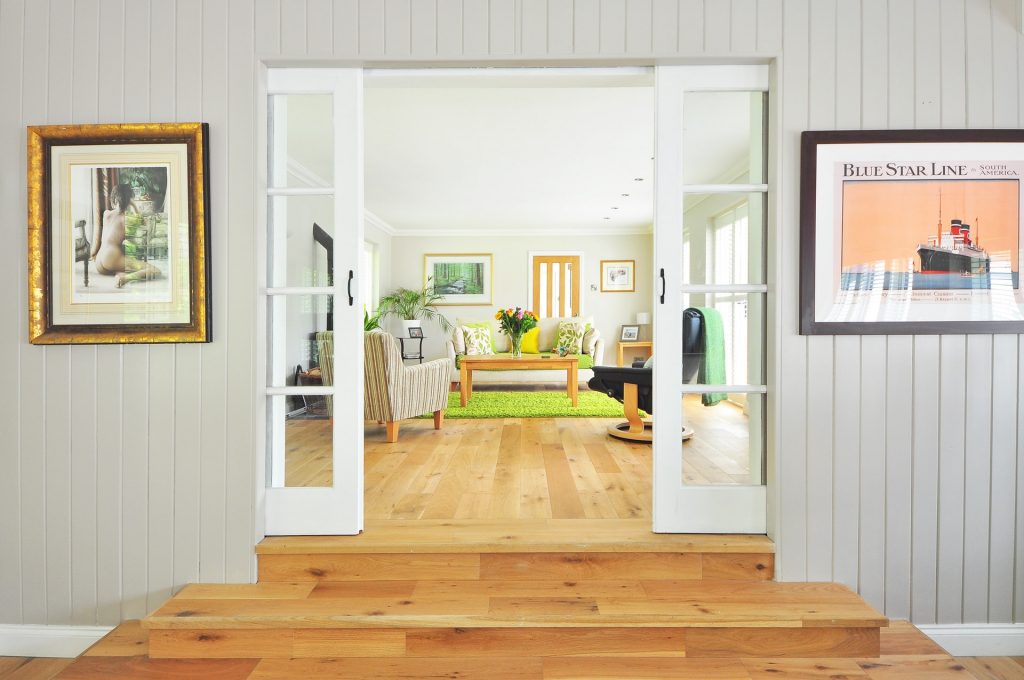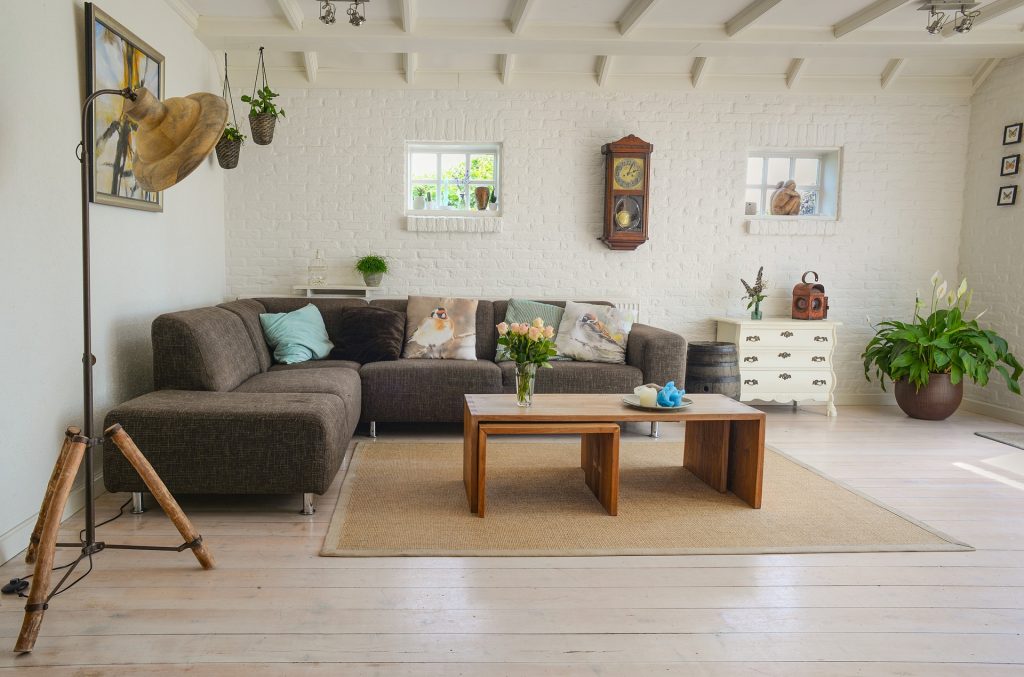
Whether you’re hiring a crew, waiting for the super or getting ready to climb the step-ladder yourself, redecorating a room can make your home seem more cheerful and welcoming. Getting ready and cleaning up disturb your routine, but by and large seem like time well spent. Adding an energy inspection to your redecorating set-up routine adds even greater value to the expenditure of your time. Looking over a room as a whole and repairing minor flaws can make your room look better and function more economically. And, while you’ve got furniture moved and covered, and have created clear access to the windows, you can add a little prep-time to save money for the rest of the year.
Admittedly, adding an inspection may demand another day of chores. The repairs may be small, and the savings may also be small. But small savings add up, and it’s staying on top of small repairs that keeps them from turning into bigger, costlier ones.
Organizing a Pre-Decoration Room Energy Inspection
How do you organize a pre-decorating room inspection? Pick a direction: floor-to-ceiling, ceiling-to-floor or one side to the other, depending on the room. Make a check list of items to examine. For example:
- Bedroom floor: It’s always been drafty, hasn’t it? Long before you moved in, this room had wall-to-wall carpeting. Then the previous owner chose bare floor boards and area rugs. Check baseboards all the way around the room. Are there missing pieces? Did the wall by the closet ever get finished with quarter-round? Does wood need replacing? Foam or mold-able insulation can be tucked behind baseboards that are being repaired; feel the drafts disappear.
- Check window frames: As of next month, this will be the baby’s room. Take the window frames off the “must get-around-to” list and re-caulk them now. Both you and your newest family member will appreciate a warmer room, especially during those late-night feedings. Have a look at the window-locks while you’re there, inspect the screens and evaluate the storm windows if you have them. New panels may have to be ordered and installed later, but planning ahead will keep you alert and let you take advantage of seasonal sales, which can be a real money-saver.
- Vents and ducts: The a/c has always worked well in this room, but there’s a bit of stale odor that just won’t stay gone. And, without being really dirty, wall paint close to vents looks tired. Clean intake and outlet vents thoroughly for better circulation, fresher air and a longer-lasting fresh-paint look.
- Electrical outlets: In some rooms, uninsulated electrical outlets are responsible for a surprising amount of energy loss. If your DIY skills are up to the job, check with your energy provider for the latest advice on materials and techniques to insulate your outlets safely.
- Ceiling fan: While you’re up on the ladder, give the ceiling fan a good once-over. Your ally in cold weather as well as warm (a reversible fan pulls heated air down into a chilly room as well as drawing cooler breezes into a hot room), your fan needs its central housing thoroughly dusted and blades wiped down to function at its most efficient. If your fan still has incandescent bulbs, replace them with new, more efficient compact fluorescent or LED bulbs for far longer performance at far less cost.
- Doors: Even interior doors that close poorly or have large gaps at the threshold can make your house feel as though yes, you really are living in a barn. This is especially the case with doors that lead to porches or entry halls. Replanting a door swollen or warped with age can restore a good fit, helping to keep outside air outside, where it belongs. Adding a sweep-strip can cut down on unwanted drafts and noise from other areas in the house. Follow through with better weather-stripping on the nearest outside door to reduce energy waste on a larger scale.
- Closets and cupboards: We’ve all done it—given the room a whole new look, painted the outside of the closet door and tiptoed away, as though these built-in storage cavities belong to some other universe that is ruled by a completely different redecorating calendar. It’s important to recognize, however, beyond general appearance and our strength to postpone necessary chores, closets, under-eaves spaces and deep cupboards can be big sources of energy waste.
Often built against outside walls or roof areas, they may be among the most poorly insulated areas of the house, and you’re not the first person to close the door on that problem. This is especially true if their creator was the last DIY owner, who know just enough to find extra storage space and not enough to expand it in an energy-wise way. Fortunately, new types of materials, including lightweight foam board, which can be cut and glued to existing flat surfaces, and rolls of thin, flexible insulating fabric, make it easy to stop energy loss from these often home-built storage areas. A glue gun, staple gun, metal straight-edge and utility knife may be the only tools you need to bring your closets up to snuff.
Will it Improve My Room’s Energy-Saving Capabilities?
Was it worth an extra workday to improve your room’s energy-saving capacities? Only time will tell, and savings may not be dramatic. But you get high scores in improving comfort as well as the looks of your room, and problems that could have grown into much larger, expensive ones are now gone. With energy saving, small things count a lot. Enjoy your beautiful new room!











